The last few days has seen a barrage of criticism of The Duke of Cambridge by the tabloids, claiming the Duke is “workshy”, after William was spotted dancing in a club on a skiing trip. But Prince William works as a helicopter pilot with the East Anglian Air Ambulance (EAAA) between his royal duties, actually saving lives.
The tabloids focused on the fact that William was on a private break during the Commonwealth Day commemorations, missing the annual Commonwealth Day service in Westminster Abbey. However, the Duke has only attended a few of these services, and while many members of the Royal Family attend, it is not a compulsory or expected engagement.
William, 34, is due to continue as a pilot until the end of this summer, when the Prince is expected to step down and move to Kensington Palace, to become a ‘full-time Royal’.

Prince William is due to finish piloting this summer, before moving his family back to London (Picture by Andrew Parsons / i-Images)
What does William’s job as a pilot entail?
The Duke currently pilots helicopters for the East Anglian Air Ambulance, a charity in the eastern region of England. The charity was established in 2000, and has attended over 19,000 life saving missions. Prince William joined the team in July 2015.
On his first day on the job, William said, “Obviously at some point there is going to be a lot more pressure and responsibility from the other side of my life, but at the moment I’m juggling the two of them and a young family and I’m enjoying the challenge. It’s a follow-on from where I was with the military search and rescue with many of the same sorts of skills, so it was a natural progression”.
The Duke of Cambridge is treated like any other employee and pilot, and is on a roster of day and night shifts which last nine and a half hours. He earns around £40,000 per year for roughly 20 hours work per week (adhering to piloting rest guidelines), all of which is donated to charity.
His presence has certainly had a positive effect on the organisation: since Prince William joined the air ambulance, donations to EAAA have trebled from £55,101 in 2015, to £163,082 in 2016.
Prince William said, “I look forward to coming here every day, whether it’s 5:30am or going to bed at 2am. The shift work is exciting… And the fact that I love working in a team. That’s something that my other job doesn’t necessarily do”.
Inside the crew room, ‘jokes and banter’ are frequent, the Prince said that it is vital, “to help de-stress” after “sad incidents”. These events include suicides, fires, assaults, and road accidents.
When William first joined, the rest of the team “were unsure how far they could push it”, in terms of ‘banter’, videos show. However the Duke said: “Literally within an hour of meeting me, it was pretty obvious that I’m happy to take most things, and I’m happy to give most things”.
The Duke’s coffee mug reads ““Will.I.Am”, and the future King’s name tag, simply reads, ‘William Wales’.
In an exclusive interview with ‘BBC Future’, William stated, “Our main aim is just to get (the medics) there as safely and as quickly as possible. And then they take over and do all the hero stuff.”
The East Anglian Air Ambulance covers the whole of East Anglia, an area that is larger than 5,000 square miles, yet the crew can fly anywhere within the region in just 25 minutes, with a top speed of 170mph. The Prince also explained the difficulty and risk of landing the helicopter in small, enclosed areas. He said it was ‘a very different skill set’ to working with the RAF team.
In order to join the team, William had to gain his Airline Transport Pilot Licence (H); the Prince had to site 14 written exams on a range of aviation topics. These included the Principles of Flight, Navigation, Flight Planning and Air Law, and an Airborne Skills Test.
Upon hearing a red telephone ring and a loud alarm sound, the pilots and medics abandon what they’re doing, and run out to the aircraft. The Duke of Cambridge is usually the first to reach the helicopter, carrying out pre-flight checks and starting the aircraft. The helicopter is then airborne, no more than four minutes after the alarm.
“What this aircraft brings is… a ‘critical care’ paramedic and a doctor to the scene – a lot faster than you could possibly do by road,” says William.
The cabin inside the helicopter has room for four passengers, a stretcher – and, unusually, two pilots. This enables one pilot to fly, and the other to navigate, making decisions such as the landing spot.
Furthermore, William described the “daunting prospect of some of the incidents”, and the stress put on the medical team. He said that his role on the scene is to provide “a sense of calm to the medical team, to allow them to focus on the casualty”. But at first, the Royal was “anxious, and didn’t want to bring chaos or unhelpfulness to the scene” because of who he is. “They don’t really care who turns up, as long as they’re getting the care and the help they need,” William says.
The Prince also has a responsibility to guard the helicopter whilst on scene, protecting children from running too close, into danger. He is also required to check both the interior and exterior of the aircraft to ensure that it’s fit to fly.
Last year, a patient picked up by the air ambulance joked he hoped Prince William was not flying the helicopter – to find out he was the one holding his head during treatment.
Speaking of the job he “feels most proudly about”, the Duke explained it was attending the scene of a head on collision between a van and a lorry. “The van was actually underneath the lorry”, the Duke said. The lorry driver survived, one man in the van died, and a young man in the van “made it”, but “was very badly injured.”
According to one of the medics, the young man had multiple fractured bones, and had to have his lungs re-inflated, and legs straightened, all on scene. William said, “Having seen how bad he was, and seeing where he is now, that does make you realise that…the stuff that the team do is really crucial.”
However, Prince William also spoke of seeing very emotional and intense things as a pilot. The Prince said that his most challenging case was “to do with burns”. “It was really quite nasty, sadly the casualty was beyond help,” William said. “There are some very sad and dark moments, but we talk about it a lot.”
While Prince William’s job is stressful and can be intensely emotional at times, it is clear that Prince William enjoys his job as an air ambulance pilot, saving lives on a daily basis. The future king is just as comfortable wearing a green high visibility jacket, carrying a stretcher, as he is in military uniform, or greeting crowds across the country.
Related

Prince William returns to helicopter piloting with London Air Ambulance
Today The Duke of Cambridge once more took over the controls of the a helicopter, as he visited the London Air Ambulance to mark their 30th birthday. Embed from Getty Images Prince William left his job as an air ambulance pilot in East Anglia back in July 2017, and was…
In "Royal News"

Queen opens William’s Air Ambulance base in Cambridge
The Queen has quite the busy schedule today as she is due to accept the resignation of Prime Minister David Cameron later, before appointing Theresa May as the 13th Prime Minister of her reign. But it was with her husband and grandson that Her Majesty began the day. The Royal…
In "Royal News"

William at risk piloting air ambulances – due to flight tracking app
Prince William is at risk whenever he flies an air ambulance helicopter in East Anglia - because of a mobile app. The app, which we will not name for security reasons, locates the position, speed and altitude of the helicopter that The Duke of Cambridge flies in his role with…
In "Royal News"


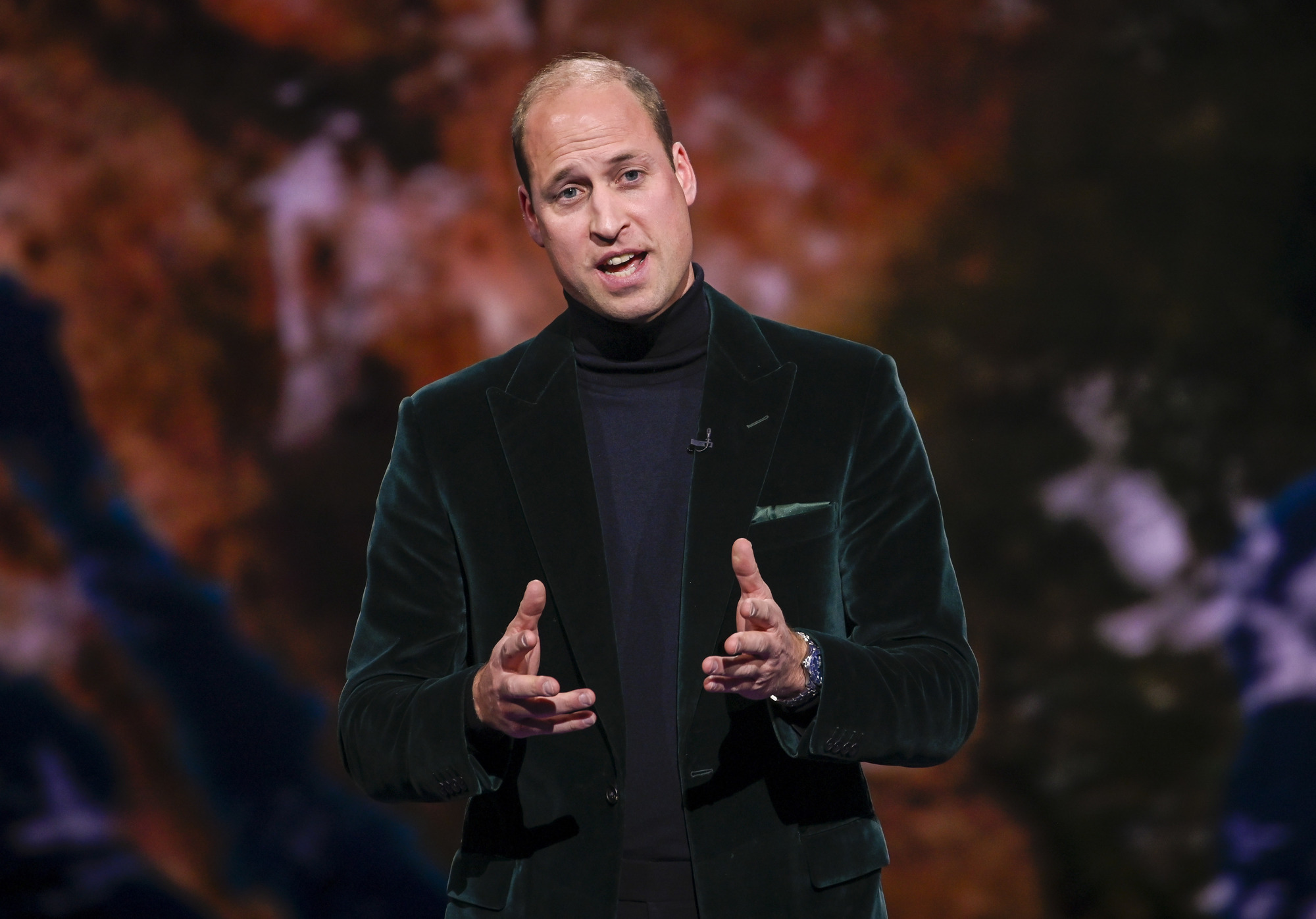

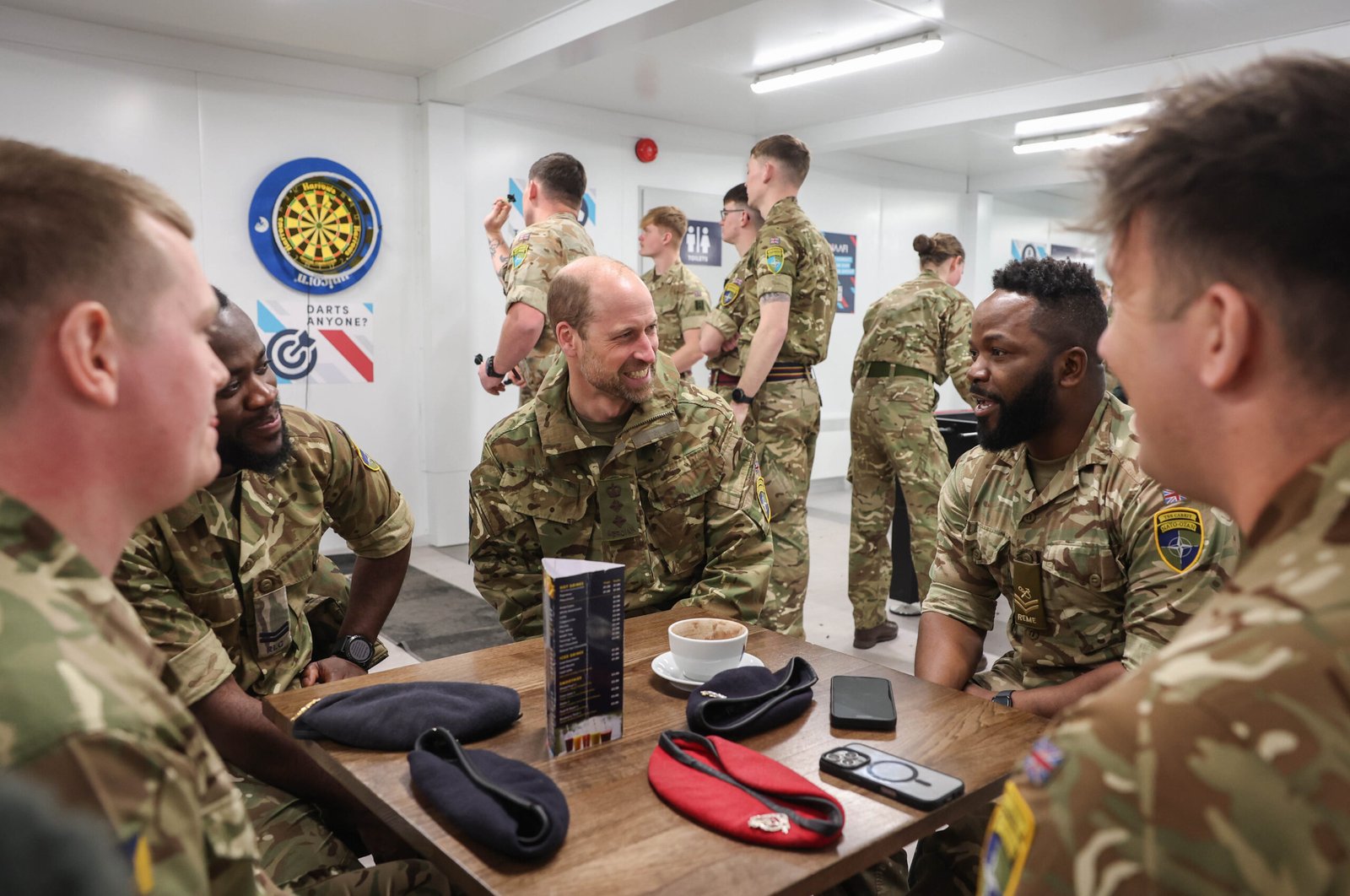

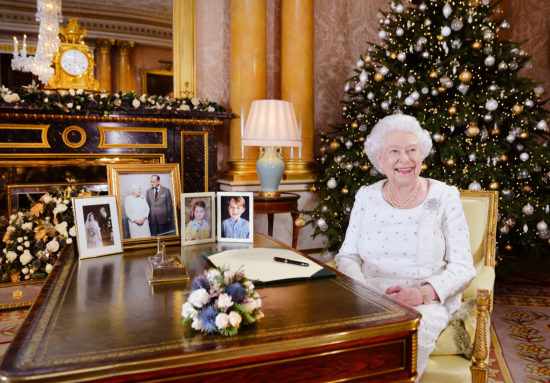
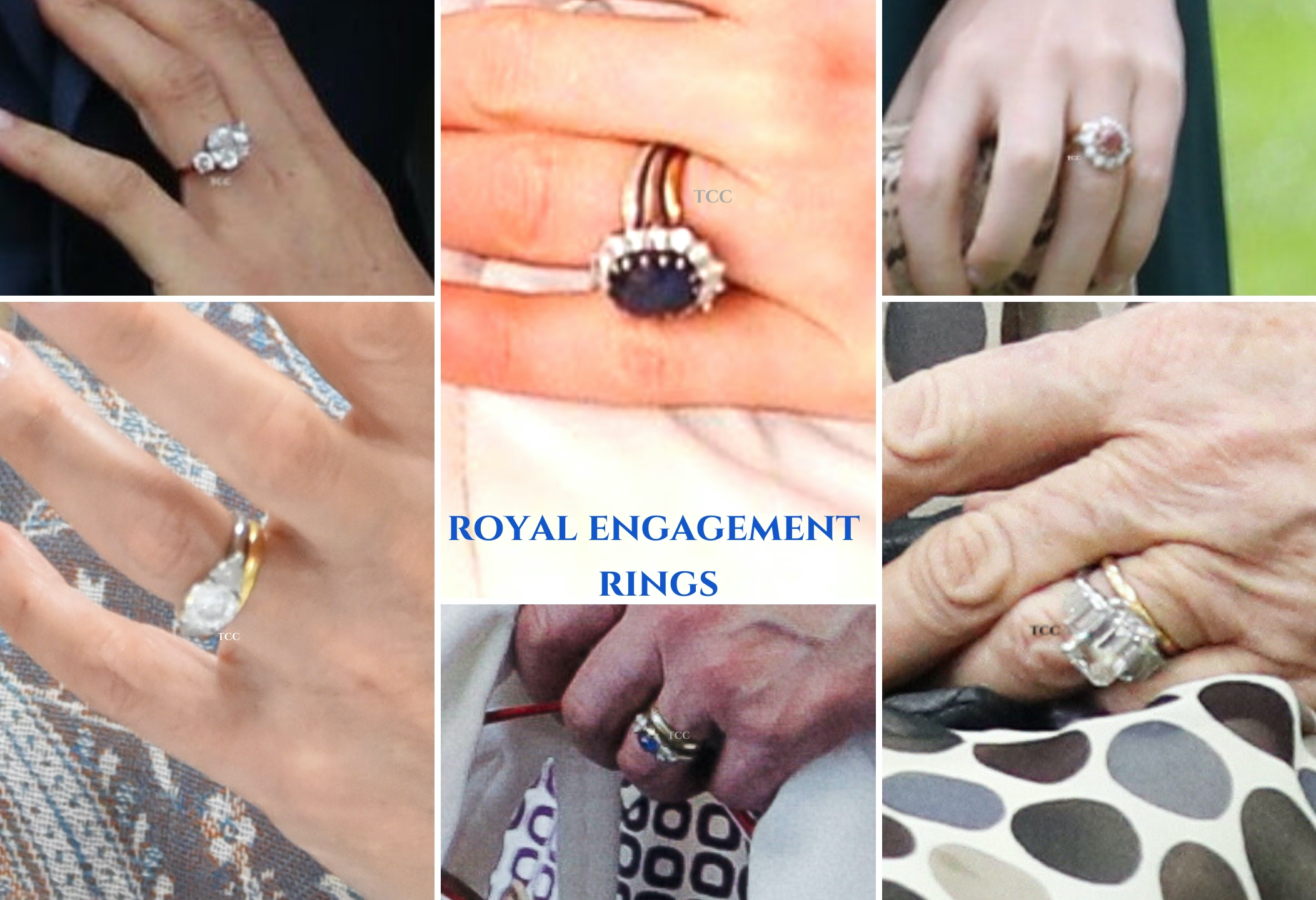
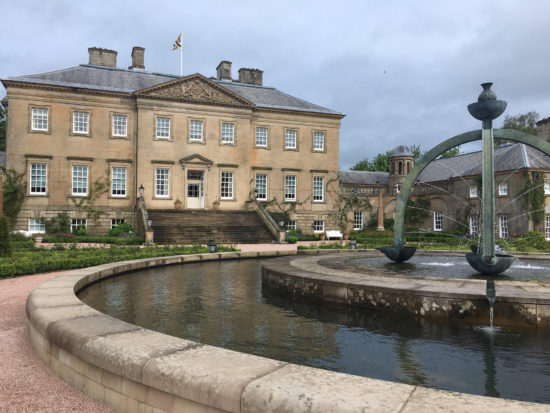
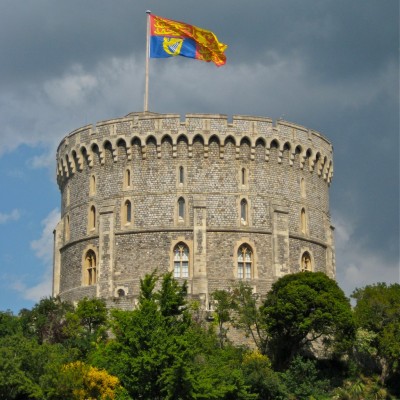
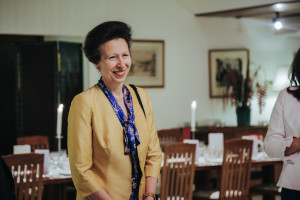
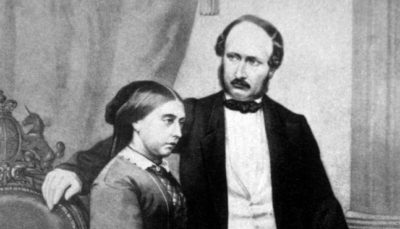
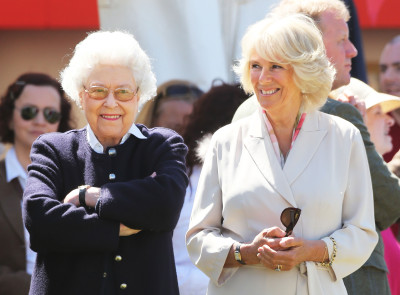
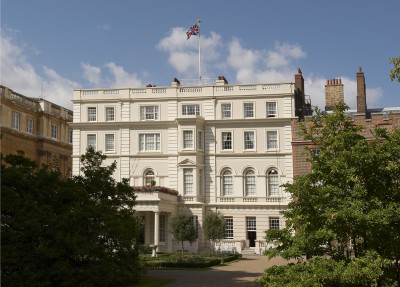
1 comment
I hope William CONTINUES at least 1/2 time as an air ambulance pilot. It would give him more credibility than doing loads of hand-shaking,. I think Harry should also do a 1/2 time job, along with the hand-shaking role